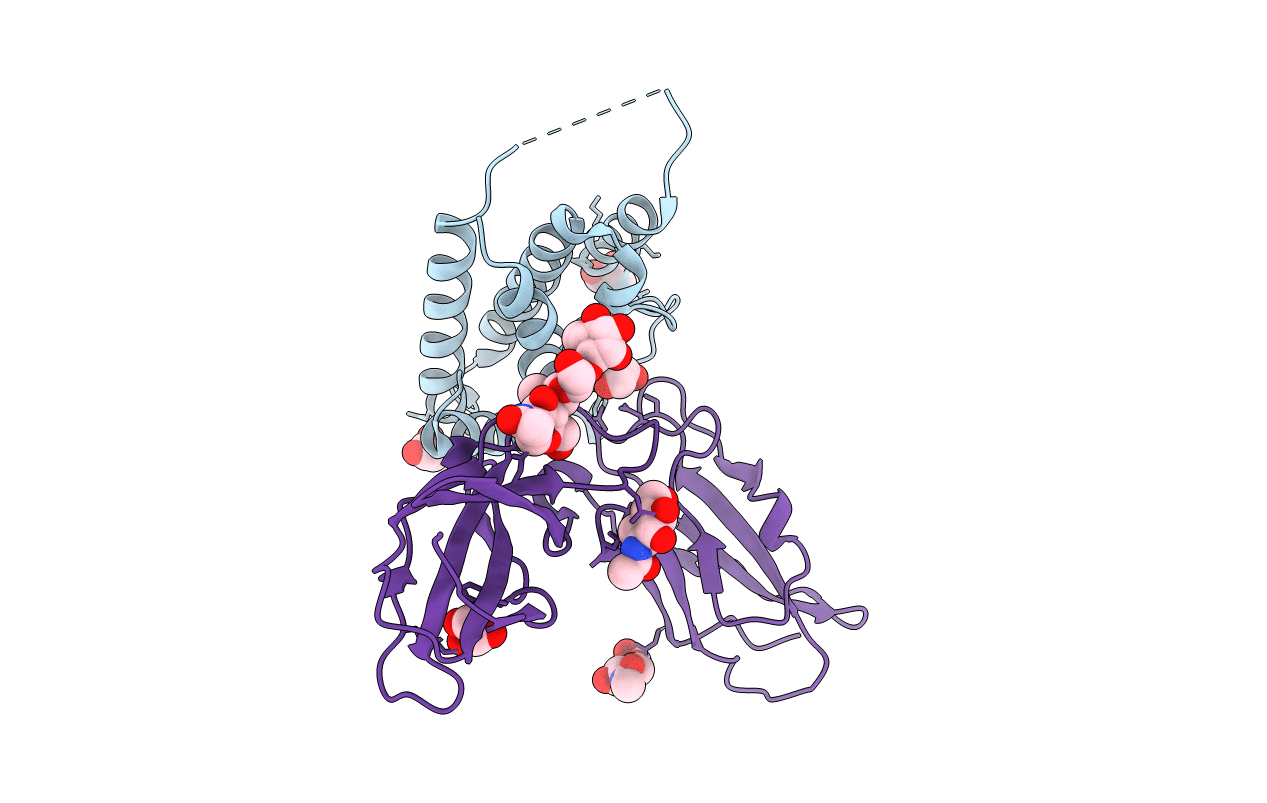
Deposition Date
2010-08-16
Release Date
2010-10-20
Last Version Date
2024-10-16
Entry Detail
PDB ID:
3OG6
Keywords:
Title:
The crystal structure of human interferon lambda 1 complexed with its high affinity receptor in space group P212121
Biological Source:
Source Organism:
Homo sapiens (Taxon ID: 9606)
Host Organism:
Method Details:
Experimental Method:
Resolution:
2.10 Å
R-Value Free:
0.22
R-Value Work:
0.18
R-Value Observed:
0.18
Space Group:
P 21 21 21


